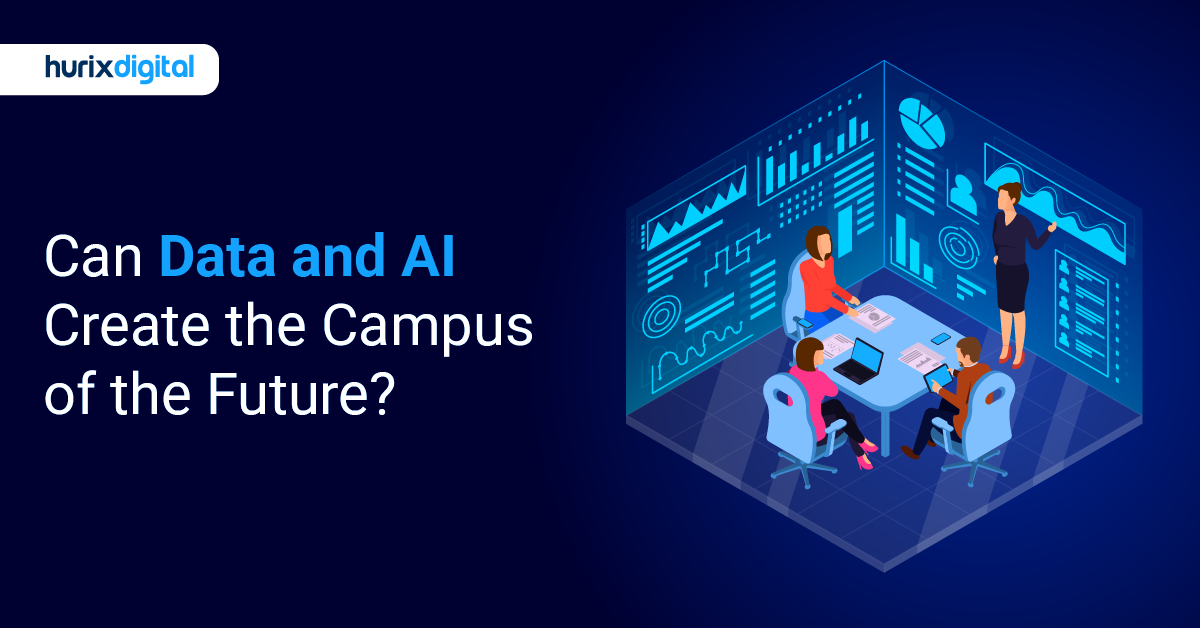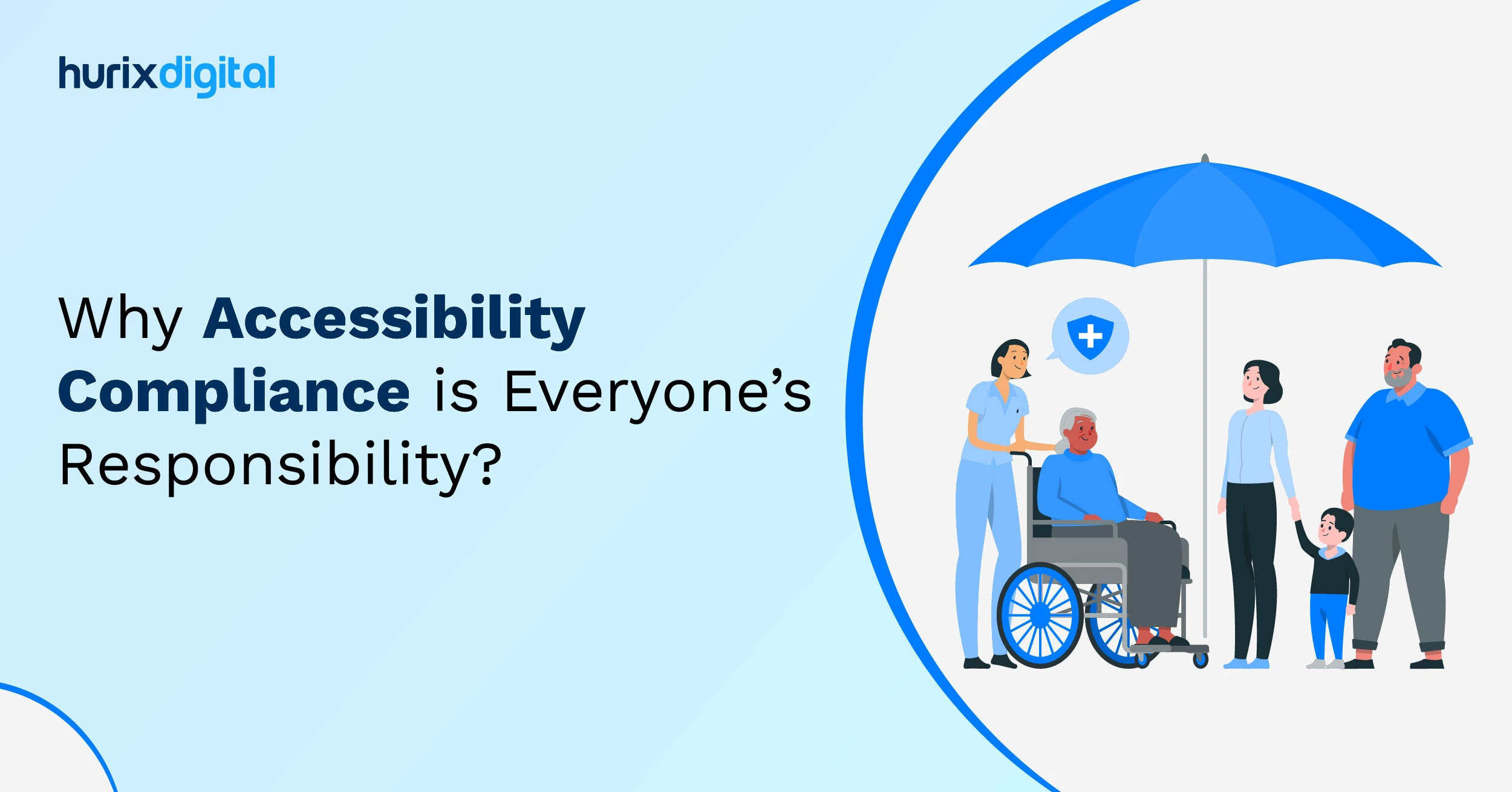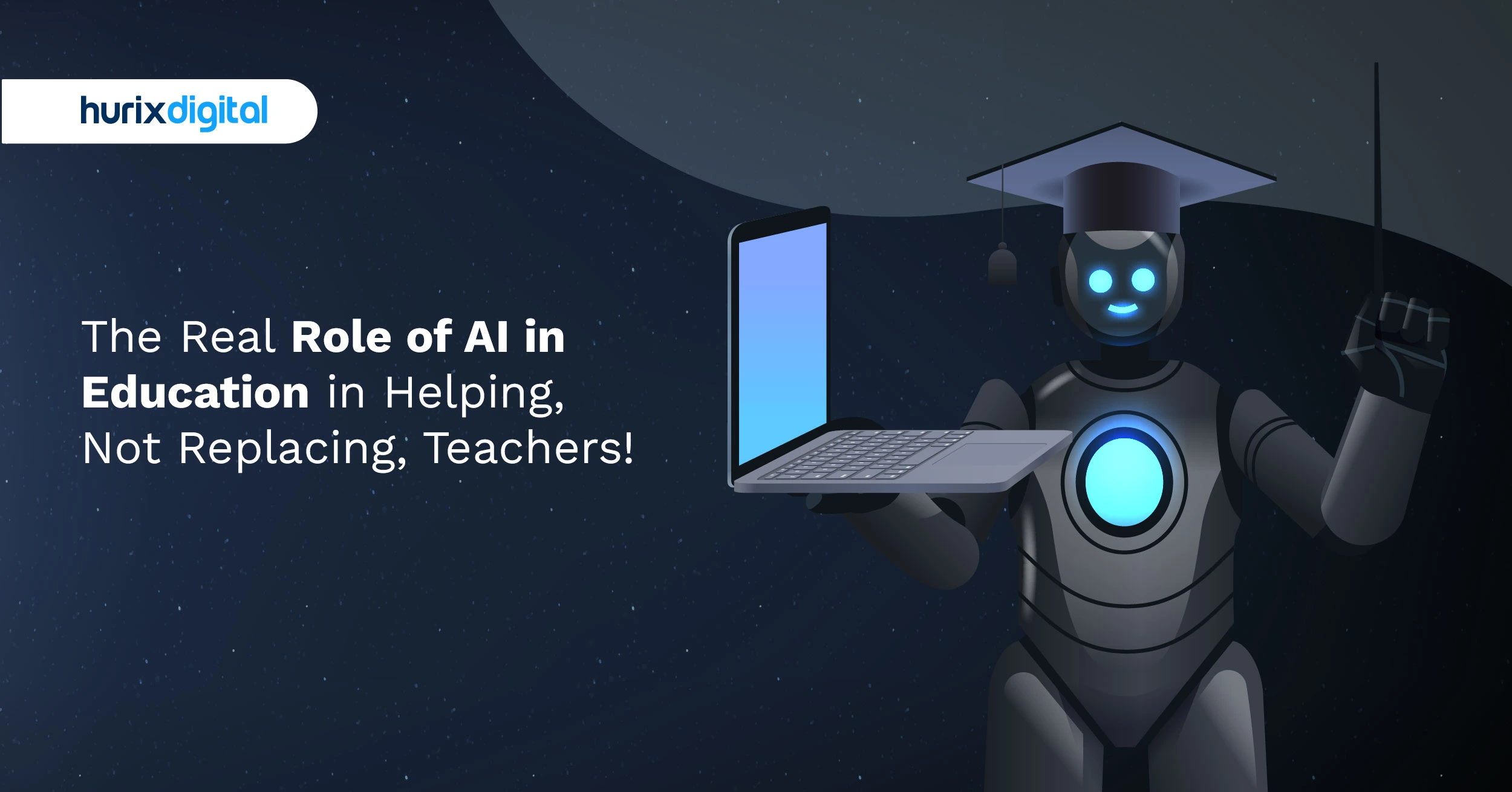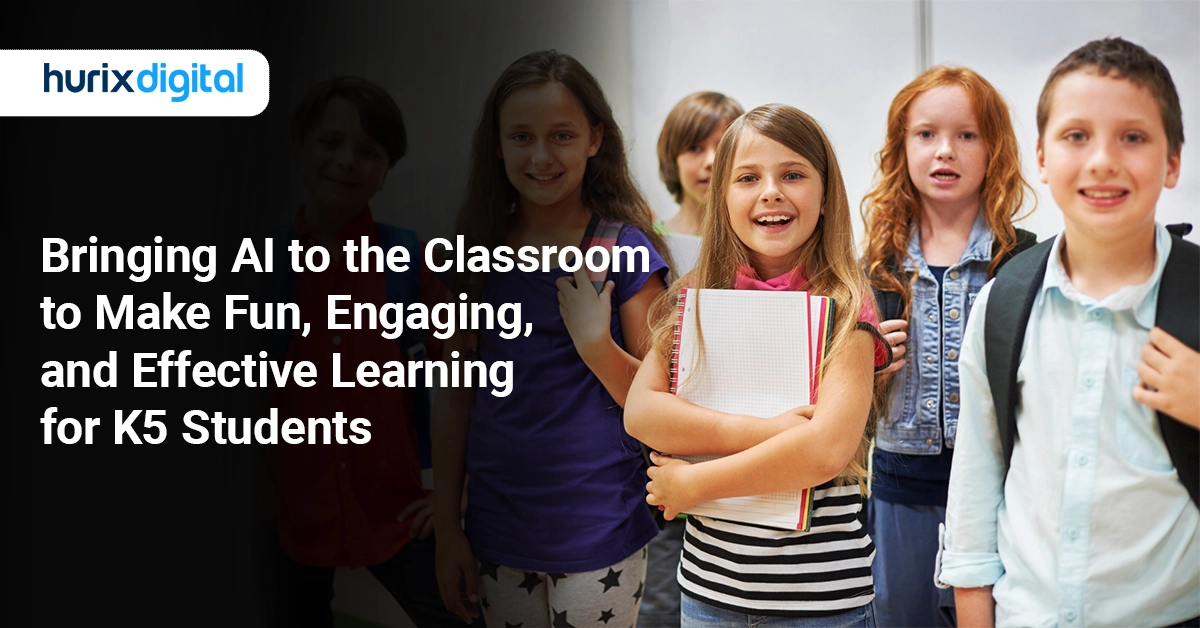
Developing K12 Education Guidelines for Artificial Intelligence
Summarize with:
Learn about the development of K12 education guidelines for integrating artificial intelligence, focusing on preparing students for a future shaped by AI.
Artificial intelligence has led the world of technology several steps ahead of what it was before. While it has facilitated advances in several industries, including education, there’s a rising concern about its harmful effects. These concerns have led governments and governing bodies worldwide to draw up a set of ethical guidelines that govern the integration of AI in schools, particularly as a part of the K12 curriculum.
Ethics aside, there is a fair amount of consensus regarding the need to ensure students understand the basics of AI, especially since it’s projected to play a major role in most industries and professions. While for some, this might mean specialized training in AI, for others, it could mean ensuring a basic understanding of what it is, its various uses, and how one can leverage it in their respective professions.
With that out of the way, let’s dive into some key guidelines and ethics of integrating AI in higher education and K12 curriculums.
Table of Contents:
- Why Do Educational Organizations Need Ethical Principles for Artificial Intelligence in K12 Education?
- Key AI Guidelines for the Integration of AI in K12 Education
- Key Trends in Framing Ethical Principles for Artificial Intelligence in K12 Education
- In Conclusion
Why Do Educational Organizations Need Ethical Principles for Artificial Intelligence in K12 Education?
As of 2024, just 52% of people surveyed by YouGov felt that K12 institutions should focus on teaching students how to use AI appropriately.
AI has the potential to revolutionize experiences and outcomes in K12 education. K12 education systems must collaborate and provide guidelines for applications of AI that are fair without foul playing. Here are some key considerations:
1. Fairness and Equity
K12 education AI systems should guarantee equal opportunities to all students, irrespective of their background. K12 education AI tends to mitigate the biases present in the educational outcomes. Ethical principles guarantee educational organizations the right to design AI systems that bring about fairness by eliminating all forms of disparities in access, representation, and outcomes.
2. Student Privacy and Data Protection
With AI’s enhanced use, student data collection has skyrocketed with concerns about privacy and security. Among these ethical principles for artificial intelligence in K12 education, sensitive information must be protected. By adopting AI-driven standards, organizations can ensure that data protection measures are robust, hence, bringing faith among students, parents, and educators.
3. Promote Transparency and Accountability
The rationale behind the transparent nature of AI systems is necessary for developing trust and ensuring proper functioning in educational settings. Ethical principles provide transparency regarding how AI systems work, the data they rely on, and what decision-making logic applies. Taking such guidelines into place can be supportive in making AI processes explainable to educational organizations and stakeholders accountable for their outcomes.
4. Advocating Inclusivity and Accessibility
AI can potentially support diverse learning needs if only inclusivity is made its design core. This guidance ensures AI in K12 schooling is accessible to students with different abilities, learning styles, and languages. Ethical principles guide organizations in developing AI materials that encourage connections rather than exclusion and are suitable for an inclusive learning environment.
5. Instructing the Development of Awareness Among Students in Ethics
The ethical considerations related to AI call for the facilitation of education among students since they will face their futures. By embedding ethical principles regarding artificial intelligence into K12 curricula, schools can take forward responsible AI use while laying the foundations for students to critically examine how such artificial intelligence is applied and impacts society.
Also Read: AI-Powered Education: Revolutionizing K-12 Learning through Robotics and AI
Key AI Guidelines for the Integration of AI in K12 Education
Several AI guidelines must be adhered to with the greater role of AI in the K12 education model. These are described below.
1. Institutes Must Ensure Pedagogical Appropriateness
Pedagogy refers to how teaching is disseminated to students in a learning environment. However, while the term traditionally refers to the methodology used, it also covers the wider aspects of what, why, when, and how to teach something.
Just like schools and teachers distinguish between the right and the wrong way to reach, with the best interests of the child or student in mind, the same applies to the application of AI in K12 education. Teachers and other relevant stakeholders must remember that while AI and technology can help in proactive learning and the overall development of a child, they can diminish the development of other aspects.
For example, while AI might help with a more individualistic and child-centric approach to teaching, it can also compromise their social or moral development, given the vast scope of the internet and AI as a tool. On the other hand, several studies have shown the impact of mobile devices and technology on children’s mental health.
As a result, while AI can be used to deploy useful tools like chatbots and interactive games, its utility must be balanced with the potentially harmful effects of technology and AI on children’s development.
2. AI Must not Violate Children’s Rights
The United Nations Convention on the Rights of the Child (1990) details the child’s right to a happy, healthy, and safe childhood. This is to be ensured with a lack of discrimination towards the child or their parents based on race, sex, color, language, origin, disability, politics, and so on.
With these guidelines in mind, UNICEF suggests that children can be malleable to values, attitudes, and ideas and that these can be potential concerns when considering using AI in education. It’s essential that AI be explained in an age-appropriate manner and that it not be overused to hinder the child’s socio-emotional; development. This can be achieved by limiting the use of tutor bots and ensuring that the teacher stays the primary medium of instruction.
Further, the use of AI must not trample on the child’s right to privacy, a crucial aspect of technology of any form today. However, while the right to be forgotten or the right to erasure is still to find its way into the various conventions dealing with AI and child development, the ethics of using AI concerning a child’s rights and privacy are clear.
Last but not least, the use of AI must not further the digital divide that already exists. Institutes must ensure that the implementation of AI in education benefits every single student and not a select group that happens to have access to the devices needed to leverage this technology.
3. Ensuring AI Literacy Through Every Stage of a Child’s Educational Journey
AI literacy refers to understanding the knowledge, skills, and ethics of using AI in one’s life. Aside from being able to use AI, AI literacy also refers to understanding how it can be developed, understanding biases in data, and one’s rights as a user.
The importance of AI literacy can thus be highlighted in the need for institutes to educate children on the various aspects of AI as a technology, thereby equipping them with the skills and understanding to be able to make sound decisions about the use of AI in their own lives further down the line.
However, the key aspect to remember is that a child’s AI literacy ultimately depends on their teacher’s understanding of the technology and its positive and negative implications. As a result, the inclusion of AI in K12 education must be simultaneously carried out with training and educating teachers in the use of this technology.
4. The Inclusion of AI Must not Trample on Teachers’ Well-Being
A student’s success at school is directly proportional to their teacher’s well-being. The COVID-19 pandemic revealed the stresses of changes in the workplace and the burden that the sudden imposition of technology can have on teachers across the globe.
A teacher’s well-being is often described as their ability to balance resources and challenges, be they mental, physical, social, or psychological. This balance was deeply disturbed during the sudden changes brought on by the pandemic, which now serve as an important lesson for educational institutions.
It urges educational institutions to ensure teachers are gradually equipped with the tools and resources to understand the changing technologies being used in education, such that it doesn’t disproportionately burden them and affect their well-being.
The introduction of AI in K12 education will undoubtedly increase teachers’ workload as it will be a diversion from their traditional pedagogy and individual relationships with students while also increasing their preparation time, potentially leading to technological unemployment.
Institutes must thus ensure that teachers are well equipped to deal with these changes in a manner that prioritizes their mental health and work-life balance, so they can better help students adapt to AI. This must be integrated into their curriculum designs.
Key Trends in Framing Ethical Principles for Artificial Intelligence in K12 Education
According to UNESCO, AI can help institutions deal with some of the biggest challenges in education today. It can innovate teaching and learning practices and enhance progress towards educational and ethical outcomes.
The adoption of AI in K12 education has instigated a need for well-defined ethical principles guiding its application. Below are key trends shaping the development of ethical principles for AI in K12 education.
1. Student-Centered Design of AI
AI educational tools need to be centered on the special needs of learners. Trends in ethical principles on artificial intelligence for K12 education revolve around creating AI systems that are responsive to learning styles, thereby promoting effective and individualized learning processes.
2. Continuous Monitoring and Accountability
AI systems must be subjected to continuous performance and ethics review based on a continued assessment of their standards. Organizations are creating guidelines for the periodic testing of AI tools in K12 education. This would bring accountability when unintentional biases or malfunctioning predictions occur.
3. Alignment with Pedagogical Purpose
AI should supplement the greater pedagogical purposes. AI in K12 education should be aligned with broader pedagogical goals, such as critical thinking, creativity, and mutual collaboration.
4. Educator Education on the Ethical Use of AI
As of 2023, 18% of K12 teachers claimed to use AI for teaching, and 15% have tried using AI at least once. There’s no doubt that teachers are key implementers of effective and ethical use of AI. To that end, there is AI-led training for educators, covering the broader principles of ethics and best practices for AI applications in the classroom.
5. K12 Stakeholders Collaboration
Collaboration serves to ensure that the ethical principles are clear and applicable across universes. The educational organizations are engaging with institutions, policymakers, and technology suppliers to develop frameworks that would address the specific needs of K12 education, building on the generated academic research and expertise.
Also Read: Why EdTech Security is the Need of the Hour in K12 Education?
In Conclusion
New technologies often bring with them a host of benefits and downsides. As a result, players in every sector must find a way to balance these pros and cons to ensure that it serves the best interests of their respective stakeholders.
In this case, for those wondering, “How can AI be used in education?” The answer is that it must be used following the implementation of certain strict guidelines that ensure pedagogical appropriateness, the protection of children’s rights, teachers’ well-being, and thorough literacy in AI.
If you’re looking to build a K12 curriculum with key AI integrations to provide smarter solutions, Hurix Digital can help you. Build holistic K12 content solutions for your institute while following the best practices in the industry.
Summarize with:

Performance, Results, Growth, and Life-Long Learning define my professional life. I am passionate about making workplace learning planful, purposeful, and impactful. I take pride in partnering with clients and bringing them the best in learning design and creating solutions that address business challenges.
 Upcoming Masterclass | Build an Army of Brand Evangelists using Training & Development | November 20th, 8:30 AM PDT | 11:30 AM EDT | 10:00 PM IST
Upcoming Masterclass | Build an Army of Brand Evangelists using Training & Development | November 20th, 8:30 AM PDT | 11:30 AM EDT | 10:00 PM IST




